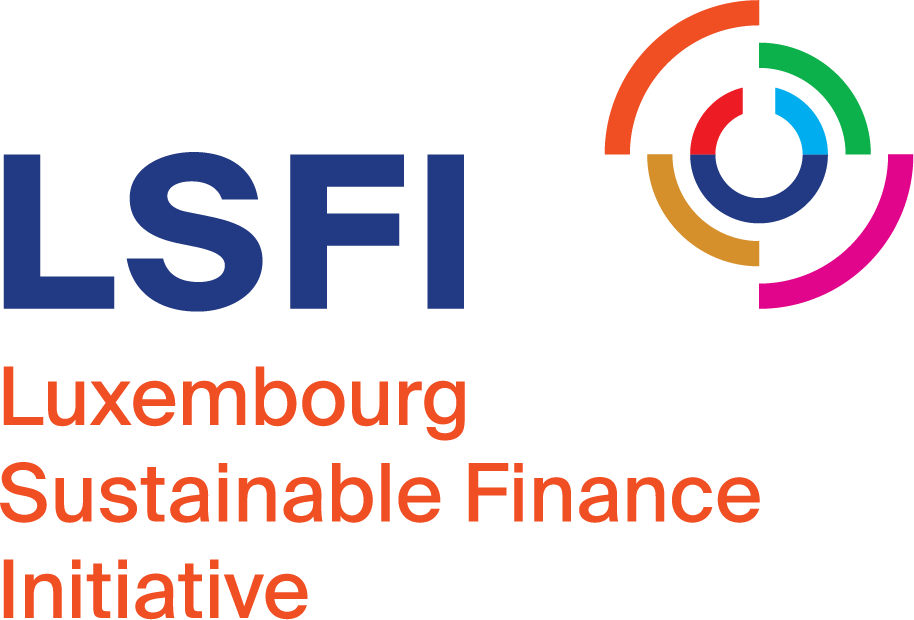With the rise of Sustainable Finance, the fast-evolving regulatory agenda, and the pressing and urgent environmental matters, financial institutions face uncertainty on how to transition towards increased sustainability. Within this context, some of the most significant question marks are on how to measure, which tools are available and which metrics to look at. Climate Scenario Analysis are some of these available methods. For the April edition of the LSFI’s newsletter, we have interviewed Maarten Vleeschhouwer, Head of PACTA at the Think-Tank 2° Investing Initiative, and discussed about Climate Scenario Analysis, Climate Stress-Test and the implications of these for the financial players.
In two lines, what is a Climate Scenario Analysis?
Climate Scenario Analysis is a method to try and gauge the implications of climate change on your business or investments using various scenarios. For example, take the Paris Agreement. Governments around the world have committed to keeping the temperature rise to a well-below 2°C, and this requires significant transformations of our economies. With climate scenario analysis, you can try to assess the impact of this transition and the different shapes it might take on your investments.
Why financial organisations should perform this type of analysis?

Maarten Vleeschhouwer, Head of PACTA at 2° Investing Initiative
Scenario analysis provides a structured way to think about climate change and the climate transition and its implications for the companies you are invested in. Because of the forward-looking nature of climate factors and the fact that the future is always uncertain, incorporating climate considerations into investment decisions is inherently difficult. As the Network for Greening the Financial System (NGFS) notes, climate risks have long time horizons with high uncertainty about how policy and socio-economic factors might evolve, and they will vary from region to region and sector to sector. These uncertainties and difficulties are why scenario analysis is so crucial, as it provides financial players with a structured way to think about different climate scenarios and its implications for the invested assets. For example, climate scenarios can help assess whether portfolios are aligned with the Paris Agreement. These results and a forward-looking approach can support shareholders engagement to support the transition of the real economy.
How can a Climate Scenario Analysis such as PACTA help with the recent and forthcoming regulatory requirements, for example with SFDR and the EU Taxonomy?
Climate-scenario analysis tools – and Principle for Responsible Investment (PRI) gives an overview of different public and private tools that are out there – can help financial institutions to manage climate transition risk, identify opportunities and inform climate strategies, which are all crucial under the requirements of the Sustainable Finance Disclosure Regulation (SFDR). Moreover, often Taxonomy criteria can be integrated into these tools, allowing users to also get a sense of their taxonomy exposure. The PACTA tool, for example, compares what needs to happen in sectoral climate transition pathways with financial actors’ exposures to companies in these sectors. PACTA then provides alignment results per sector or technology. The analysis can tell you how aligned your investments are with the Paris Agreement in, for instance, the Power sector; if they are misaligned, it’s clear you run both increased transition risk while also having a higher adverse sustainability impact. The power alignment results could also be linked to the EU Taxonomy power generation threshold. As such, the tool can help you manage and be transparent about your alignment with the Paris Agreement, your adverse sustainability impact, and your sustainability risk, all of which are critical concepts in the SFDR. That said, there is no one silver bullet or one approach that gives you all the information you need to meet the requirements of sustainable finance regulations. Financial institutions will need to work with a range of metrics and approaches, just as you would with financial return questions.
What are the main differences between a climate scenario analysis and a climate stress-test?
In terms of output, Scenario analysis is broader than stress-testing. Scenario analysis is simply a process through which you can analyze different future states with possible alternative outcomes. The outcome of your scenario analysis can be expressed in a wide varier of indicators, such your % misalignment with a scenario, value-at-risk, etc. Stress-testing, while requiring scenarios as input, is more narrow, as the results of a stress-test are almost always expressed in financial losses or capital requirements. With a scenario analysis, you can show your (mis)alignment to the Paris Agreement, and with a stress-test you can then assess what happens in terms of the valuation of, for example, a misaligned portfolio in a disorderly transition or under a range of other scenarios.





